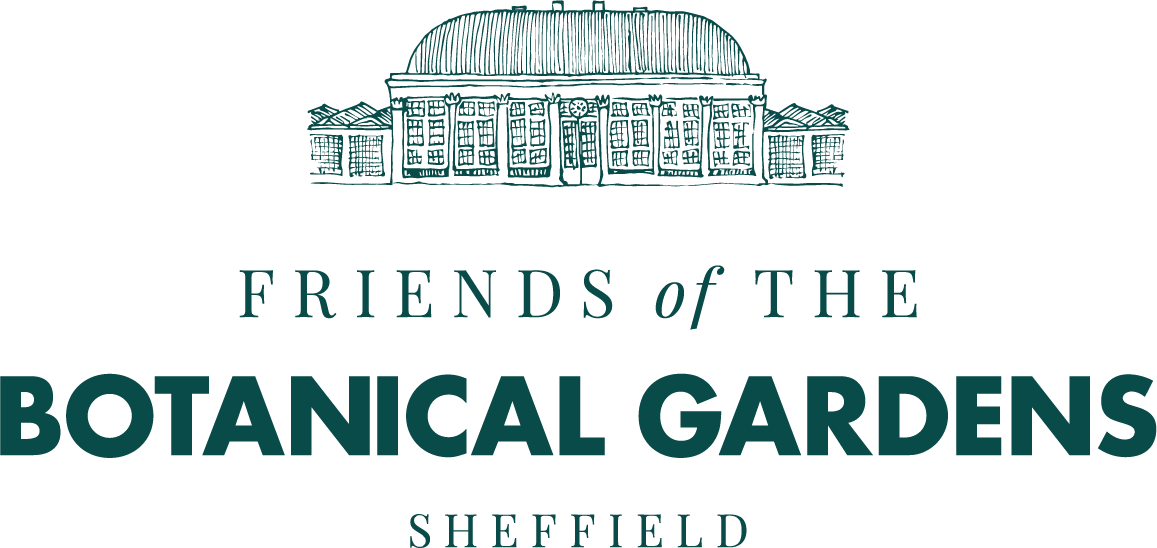← Return to Plant of the Month
Boenninghausenia albiflora
Towards the front of the Himalayan bed, adjacent to the path to the Bear Pit, you will see Boenninghausenia albiflora. A member of the Rutaceae, this is a genus of deciduous sub-shrubs usually with soft herbaceous stems grown for their foliage and flowers. Boenninghausenia albiflora has all the characteristics of the genus and with a height and spread to 1m is suited to the small garden. Commonly known as white Himalayan rue, it has pungent dark green leaves divided into attractive feathery ovate leaflets, bearing loose panicles of small cup-shaped white flowers in late summer through to the autumn.
The native range of this species is Pakistan to Taiwan and Malesia, where it grows primarily in the subtropical biome. At one time it became rare in cultivation but is now well established in gardens. It is of note as a sign of climate change that in 1966, W.J Bean’s Trees and Shrubs Hardy in the British Isles states it is ‘hardy enough against a sunny wall outside the Temperate House at Kew’. It has been hardy in Sheffield Botanical Gardens for some years.
The RHS give the plant as hardy to -5C. Providing a sheltered site, which it has in the Gardens, along with a protective mulch in winter, is a sensible idea. In its native habitat it is often found on limestone and chalky soils but in cultivation it will do well in a range of soils, provided they are well drained, and in sun or part sun.
The plant is named after Clemens Maria Franz von Boenninghausen (1785-1864), a lawyer, Dutch and Prussian civil servant, agriculturalist, botanist, physician and pioneer in the field of homoeopathy. His books are still available on Amazon, and the plant is being actively researched by universities in several countries for its potential medicinal qualities.


